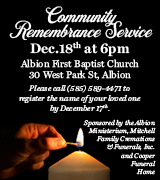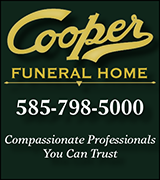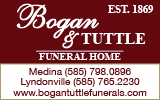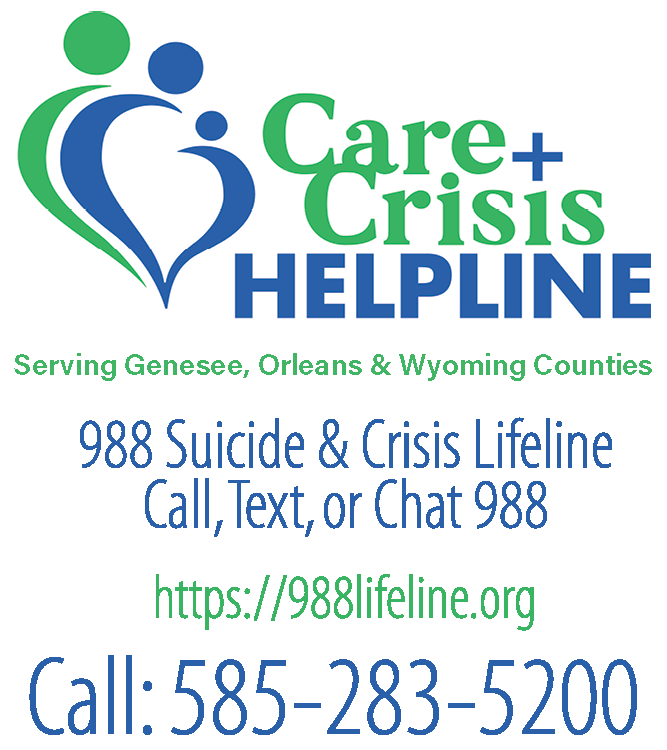Thruway celebrates 70-year anniversary on June 24
Coffee will be 31 cents at Applegreen service stores on Thruway, reflecting the price from 1954
Press Release, NYS Thruway Authority
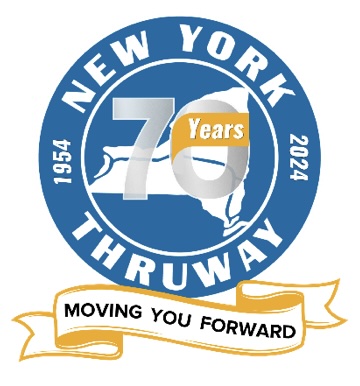
On June 24, 1954, the first tolled section of the Thruway opened, a 115-mile stretch of I-90 between Lowell (West of exit 32 – Westmoreland) and Rochester (exit 46 – Henrietta).
“This year the Thruway marks 70 years of service in New York State, connecting communities, tourist destinations and bolstering the economy with a modern transportation system,” Thruway Authority Executive Director Frank G. Hoare, Esq said. “New Yorkers were proud of the enormous accomplishment at the time the Thruway opened in 1954, and we continue that tradition of safety, service and reliability today and for decades to come. We’d like to thank Applegreen, our service area operator, for offering the special pricing to commemorate our anniversary, and we thank all of our customers, employees and transportation partners for their support and dedication over the years. Happy 70th anniversary to the Thruway.”
As a special service to customers, Applegreen is offering 31-cent cups of coffee on June 24 at 17 Thruway service areas, reflecting the average price in 1954. The discounted price will be available all day on June 24 at the Applegreen C-Store in Pembroke, Clarence and 15 other services areas.
“Applegreen is proud to partner with the New York State Thruway Authority to bring quality services to motorists throughout the 570-mile system,” said Zack Kollias, President Applegreen Travel Plazas USA. “The Thruway has a strong history of safety and reliable service, and we are excited to support them and their customers on their 70th anniversary and for decades to come.”
During the ceremonies the morning of June 24, 1954, Gov. Thomas E. Dewey attended the ribbon cuttings and celebrations along the route just west of Utica to Rochester at exit 46. At 13 toll booths along the route, cars were lined up for hours to be the first on the Thruway. At 10 p.m. that night, in the Powers Hotel in Rochester, Gov. Dewey pushed a button and buzzers sounded at every toll booth between West Henrietta and Lowell. Every toll collector heard the Governor’s voice via Thruway communications, as he proclaimed the road open to traffic. Minutes later, the first Thruway tolls were collected.
The second major opening on the system was August 26, 1954, when the section of the Thruway from Rochester to Buffalo opened, followed by the stretch from Utica to Newburgh on October 26, and the 15-mile section from Newburgh to Harriman on December 22.
During its first year of operation, there were a total of 8,700,000 trips made by motorists with mileage totaling 522,000,000.
In the years following, additional sections of the Thruway opened to traffic. In December 1957, the final 29-mile link in the Erie Section was opened to traffic, extending from the Silver Creek interchange to join the Thruway’s mainline in Buffalo. This established an unbroken Thruway route of 496 miles from New York City to the Pennsylvania state line and made the Thruway the longest toll highway in the world. The Thruway eventually expanded to its current 570-miles of roadway in 1991.
About the Thruway
The Governor Thomas E. Dewey Thruway, built in the early 1950s, is one of the oldest components of the National Interstate Highway System and one of the longest toll roads in the nation.
It set the standard for modern highway geometric design with safe roadway characteristics including smooth curves, wide medians and unobstructed driver sight distance. To this day, the Thruway is consistently recognized as one of the safest highways in the country.
In 2023, the Thruway-wide fatality rate 0.24 fatalities per 100 million vehicle miles traveled, compared to the 2023 nationwide projection of 1.24. nationwide. In addition, every capital project on the Thruway system is considered for safety upgrades which may include new guiderail, enhanced lane markings, new highway signs and delineators, wider travel lanes, and improved sight distance and clear right of ways.
The New York State Thruway is a user-fee supported system and supported almost entirely by toll revenue – not tax dollars. It is paid for by drivers who use the system, including almost one-third from out-of-state.
Thruway toll rates remain among the lowest in the country compared to similar toll roads. The Thruway base passenger vehicle toll rate is 4.9 cents per mile, compared to the Ohio Turnpike ($0.06 per mile), the New Jersey Turnpike ($0.11 and $0.31 cents per mile) and the Pennsylvania Turnpike ($0.14 per mile).

















